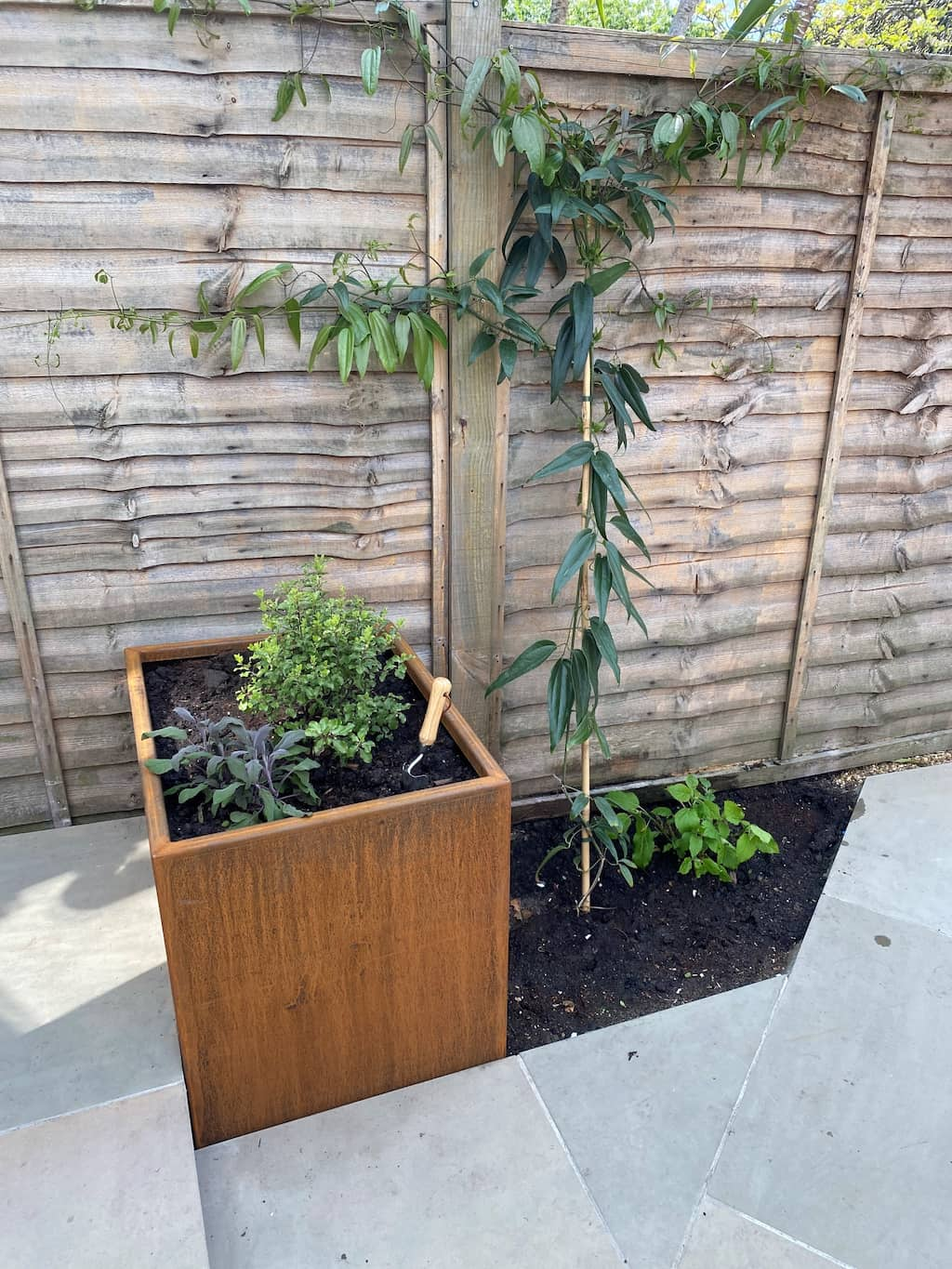How To Plant Up Your Raised Bed
How to plant up your raised bed
Raised beds are a popular way of growing plants, especially edibles, and they come in a wide range of styles, shapes, and sizes. In this article, we’ll take a look at some advice for choosing, siting, filling, and planting your raised garden bed.

Contents
Choosing your raised bed
There are many reasons for choosing to grow your plants in raised beds. These include things like improving or customising your soil, improving drainage, improving the look of your space, and making your plot easier to work by not having to bend so much. Factors such as these might influence the type of material and size of the raised bed that you choose. For example, if you want to reduce your need to bend or kneel as you tend your plants, you’ll probably want a raised bed about three feet tall, whereas if you just want to mark out your beds neatly and customize the soil or improve the drainage then a foot or less may be sufficient.
A good tip for raised beds is to have them no more than four feet wide if they are accessible from both sides (and less if they aren’t) as this will allow you to reach across all of the planting area without needing to stand on the raised bed and compact the soil.
As for the material, it all depends on the look that you are after. The rustic patina of corten raised garden beds works especially well in a contemporary urban space that is used for entertaining and growing ornamental plants, while galvanised garden beds can offer a more old-fashioned charm, and powder-coated raised beds look great for growing fruit and veg in and come in a huge range of colours.
Positioning the raised bed
The siting of your raised bed depends partly on what space you have available and partly on what you want to grow in it. Generally, you’ll want to choose a pretty sunny spot, ideally with a bit of protection from wind or frost, particularly if you are hoping to grow fruit or vegetables. Most of these like a good amount of light to grow, although things like brassicas and leafy greens may actually do better in semi-shade away from the hottest of the sunshine.
With regard to what to put your raised bed on, there are quite a lot of possibilities but open ground or lawn is generally preferred to allow you to get the maximum benefit from your bottomless planters. This will allow for excess water to drain freely, for your plants’ roots to go down as far as they want, and for beneficial soil bacteria and critters to work their way more easily into your raised bed. You can place your raised bed on a hard surface, like concrete or a patio, but you would probably then want a minimum depth of 12 inches, and possibly twice as much as that to grow larger, or deep-rooted, plants. You may also need to add some drainage materials at the base such as grit or small stones to prevent waterlogging. This isn’t really necessary if you are putting your bottomless planter onto the soil, or other water-permeable surface unless you are in an area that receives a lot of rain all at once or is prone to flooding.
How to fill your raised bed or bottomless planter
Generally speaking, any large bottomless planter or raised bed should be filled with a mix of roughly half organic matter (such as compost or well-rotted manure) and half topsoil mixed together. If you have a smaller container, then you probably won’t want to use any topsoil and will be fine with multi-purpose compost, possibly with some added grit, coir, perlite, or vermiculite, depending on what you want to grow.
There are many, many different ideas about the perfect mix for raised beds on the internet and you may want to try out one of those, but they will usually be a variation on the 50:50 organic matter-topsoil mix. They may include things like adding sand or perlite to increase drainage (if you want to grow plants that like this such as alpines and Mediterranean herbs) or using ericaceous compost (if you want to grow acid-lovers like blueberries or azaleas) and are particularly worth looking at if you want to grow a group of plants with specific growing needs.
When calculating the volume of topsoil or compost you need, it is a good idea to use an online soil calculator to help you to determine how much to buy. It will probably be more than you think so look around for bulk suppliers, such as local landscapers, to see if they have any bulk deals if you have a lot of raised beds to fill. Home composting will also help as the soil in raised beds will sink over time and will need a couple of inches of compost adding each year, particularly if you are growing high-intensity plants such as annual vegetables.
Another tip for keeping the costs down when filling deep raised beds of more than a couple of feet deep is to use the Hügelkultur method. This word means something like ‘mound culture’ in German and is basically filling the base of your raised bed with bulky organic matter like logs, twigs, woodchip, non-shiny cardboard and other similar stuff. This not only saves money on compost and topsoil (and is also a possible alternative to grit for drainage) but also has other advantages such as providing a place for excess water to be absorbed and adding nutrients as it slowly decomposes over time. It also means that you don’t need a trip up the local tip with your winter prunings!
Planting up
You can grow almost any plants in raised beds or bottomless planters if they are big enough, even small trees. Fruit bushes, small fruit trees, and pretty much any vegetables can all be grown. Many vegetables, such as salads, brassicas, tomatoes, stumpy carrots, and alliums are fairly shallow-rooted and will grow happily in just a foot of quality soil. For some inspiration on what to plant check out our Top 10 ideas for planting in garden containers.
Ornamental plants should also be happy as long as you consider what sort of root system they have and adjust the size of your raised bed, or what type of surface you are sitting it on, accordingly. The weathered look of corten steel raised beds works especially well with certain plant colours and the same is also true for galvanised steel that can contrast nicely with green foliage and bright flowers, as well as the different colours available in our powder-coated steel range which allow for customisation to match or contrast with the gardens colour scheme.
Watering and maintenance
Plantings in raised beds are likely to dry out more quickly than those in normal soil. This is useful in winter, or if you have clay soils, but does mean that you might want to consider installing some irrigation, such as a soaker hose, particularly if your bed is in a sunny spot and you are growing thirsty plants such as many annual vegetables. Much of the time, more mature plants will be fine without too much additional water, but newly planted younger plants and most plants during a midsummer hot spell will benefit from an evening drink from time to time. You can also try things such as mulching to reduce water lost from the soil by evaporation.
There will, of course, be weeds as in any part of the garden. However, if you don’t tread on your raised beds and you regularly top them up with new compost the soil surface should remain quite loose and this means they can be pulled out quite easily when they are still quite small.
